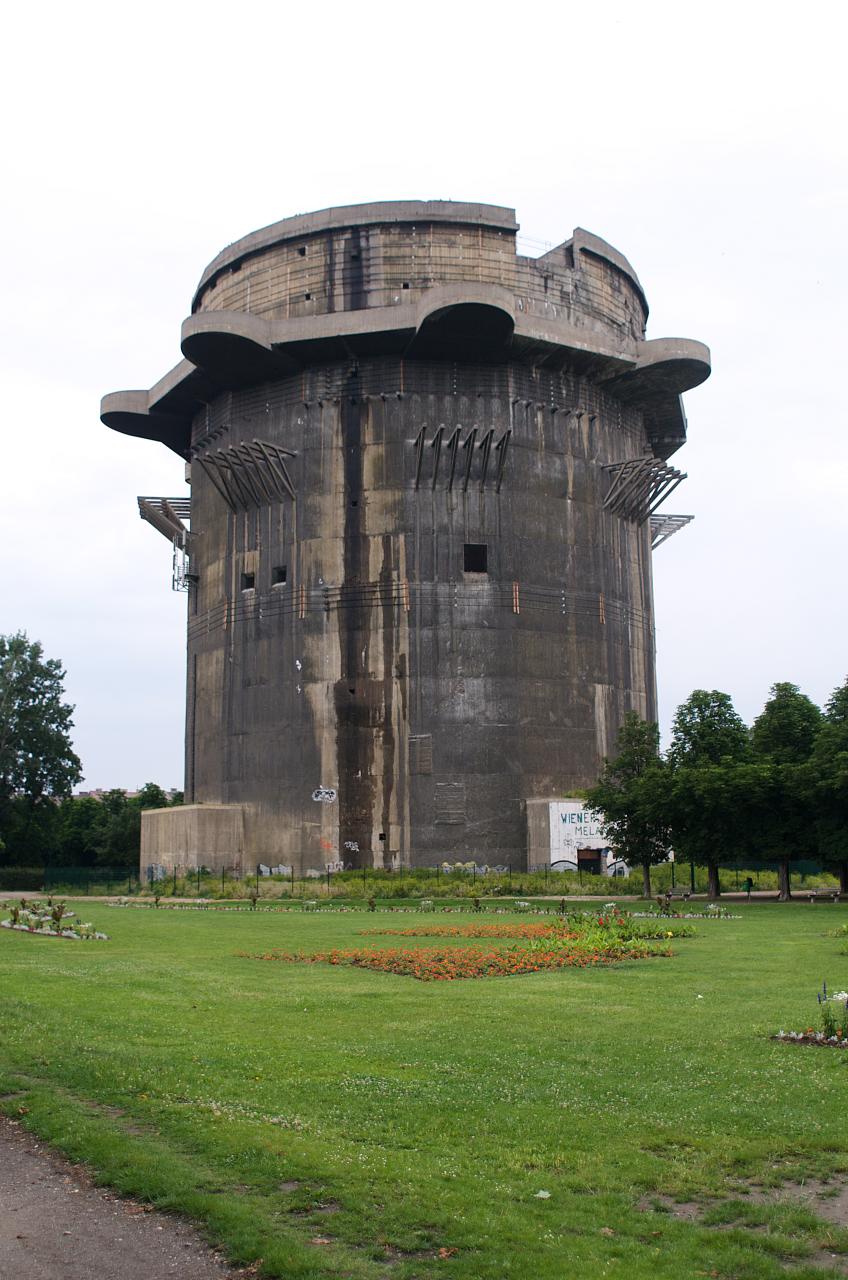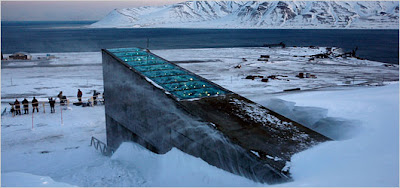Labor Day has come and gone, and we find ourselves with just over seven weeks until November 4, when this country will go to the polls and decide whether or not it wants to put an end to what an unknown state senator from Illinois once referred to as "our long political darkness."
You may have noticed that with a few exceptions, there has not been much talk in these pages of the endless build-up to this year's election. This is not to say that there is a lack of interest, commitment, or passion on the part of yours truly with regard to the election's outcome. Quite on the contrary: I've been biding my time, conscious of the fact that oversaturation breeds numbness, which in turn breeds apathy. I am also acutely aware that the last thing the world needs—particularly the micro-world of this blog's readership—is another ranting, raving, lefty lunatic touting the twin mantras of hope and change.
So, with this mind, I am shifting gears. Be forewarned that in the coming weeks you may notice a marked change in the content of these pages. What follows is a kind of summary of my own thoughts and emotions over the past year or so. My comments may seem a bit too over-the-top in their passion and urgency (even for this Progressive Reactionary), but the stakes are just too high this time.
----------
A few months back, I came across an essay written by critic/journalist/thinker Rebecca Solnit called
"Acts of Hope: Challenging Empire on the World Stage." It was written in the immediate wake of the worldwide, synchronized protests that preceded the U.S. invasion of Iraq in March, 2003, and it situates that coordinated effort of activism within the larger history of epic struggles of hope against fear, of right against wrong. Solnit's main message—and keep in mind that this was written knowing that the protests could not, would not prevent Bush's war—is one of gentle reassurance and encouragement, a pragmatic acknowledgment that real political change takes time and is not, contrary to the beliefs of the hardest core activists, immediate. At the root of this argument is a dialectical vision of American history and politics, but Solnit expands upon the standard dialectic by asserting a
topological notion of politics, whereby myriad small events and occurrences converge and diverge and interrelate over time to effect change. Nothing complicated here, but it's still quite compelling:
...History is shaped by the groundswells and common dreams that single acts and moments only represent. It's a landscape more complicated than commensurate cause and effect. Politics is a surface in which transformation comes about as much because of pervasive changes in the depths of the collective imagination as because of visible acts, though both are necessary. And though huge causes sometimes have little effect, tiny ones occasionally have huge consequences.
And what is the fate of movements for progress and change within this topological worldview, particularly in times of apparent hopelessness? For the answer, Solnit channels the ghost of Virginia Woolf, who in the midst of World War I once pondered to herself, "The future is dark." Darkness here, of course, is defined not as terror, but as the unknowable. We are to find solace in this darkness, in the knowledge that yes, sometimes things don't work out, but you know what? Sometimes they do. Sometimes the stars align, as they say, and a multitude of inputs converge to produce something good. "The world gets worse," writes Solnit. "It also gets better. And the future stays dark."
----------
So what does this all have to do with the election, you ask? Well, I believe that after a long period of darkness (the other kind), this moment is the crest of one of Solnit's "groundswells," and that this election is an opportunity for those who believe in progress to take back the helm. I believe that many social, political, cultural, and demographic trajectories that have been percolating for the past forty years or so are converging—or at least have the
potential to converge—at this very moment in the election of Barack Obama to the presidency. I believe that Obama, beyond his positions, talking points, and qualifications, is a once-in-a-lifetime figure of transformation, the likes of which my generation certainly has never seen and, odds are, will not see again. He is a game-changer, and we are in the midst of a game that so desperately needs to be changed. So yes, in Obama's words, "This is our moment, this is our time" (am I the only one to pick up
the Goonie's reference here?), and we cannot let this opportunity slip away.
----------
Enter Governor Sarah Palin of Alaska, who has somehow managed in the past several weeks to turn this race upside-down, and who has once-confident Democrats worried that the prize will once again escape their grasp.
Well, one thing is clear: The selection of Sarah Palin as a running mate represents a tremendous error in judgment on the part of John McCain. It's important to point out that the Palin issue really has nothing to do with her
corrupt misuse of state office to pursue a personal vendetta,
long history of political cronyism,
association with secessionist movements, or other such misadventures. The real shocker here—and what I think the Obama campaign has smartly grasped—is the rash, impulsive decision-making process that led to the selection of such an unknown, unqualified running mate. As a presidential candidate, one's choice of a running mate represents perhaps the single most important decision leading up to the election, and McCain chose political expediency over experience, expertise, and competence. The choice of Palin was clearly prompted by short-term political imperatives—mobilizing the Republican base, closing the "enthusiasm gap," appealing to women, whatever—and shows no regard for the long-term consideration that, should the election go their way, there is a real possibility that Sarah Palin could become our president. If you thought the stakes were high in this election, I have news for you: with Governor Palin on the ticket, they just got much higher.
Appearances can be deceptive: Palin is nothing more than another right-wing reactionary repackaged as a down-home hockey mom. We are right to be concerned about her ascent to the most powerful office in the land, for many of her positions and creeds fall alarmingly to the right of George W. Bush. However—and I say this with some caution and hopeful humility—I do think that the conditions of her selection will ultimately come to undermine the candidacy of John McCain. Choosing Palin is not, as some in the media would have you believe, a brilliant strategic move; rather, it is a sign of desperation, of a candidate sadly compromising the last remnants of his own political identity in a last-ditch effort to futilely replicate the coalition of his predecessor. But frankly, the American people are smarter than McCain insultingly takes them for. This country is desperately craving
something else, and McCain, by picking Palin, the newfound standard bearer for the conservative right, just gave up his last best hope at offering that alternative to the status quo.
So yes, while it's now evident that Obama and the Democrats underestimate Palin at her their own risk, I cautiously reassure those who are rattled and shaken by the events of the past few weeks: nothing has really changed. This is still our moment, and the old Karl Rove playbook of dividing and polarizing the electorate isn't going to work this time around. Despite the rancorous past few weeks, despite the
disgusting and
disingenuous Republican attempts to once again divide us into two halves, appealing not to our hopes but to our fears, I still subscribe to
the assertion by Obama back in January that "we are not as divided as our politics suggest." Not this time.
----------
One final thought, as a kind of coda to the contentious primary between Obama and Hillary Clinton (which, by the way, I think has ultimately bolstered Obama in preparation for the general). This election could certainly go either way, and I continually hesitate to allow my excitement bubble over into naive overconfidence. In many respects more so than four years ago, all bets are off for this one. But I tell you, even if the other side wins, even if a year from now we all look back on 2008 with regret and dismay of going with a young, "unconventional" candidate (which in itself is a fallacy—in many ways, Obama's stunning political ascent has proven he is the most skillful conventional politician in a generation),
it will still be worth it.
Why? For moments like
Obama's speech in Berlin, when Obama's stirring claim that "these are the aspirations that join the fates of all nations in this city" allowed me to actually imagine a productive, progressive role for my country in the world. For moments like
the concession speech in New Hampshire, when it suddenly became clear that we were dealing with a new kind of political animal and when, arguably, the tide turned irreversibly towards Obama. For moments like the
Minneapolis speech in June, when simply the image of the Obamas on that stage and all it promised inspired a long-lost feeling—call it hope, call it what you will—that at first I wasn't sure I even recognized, since it had been so long that such a feeling stirred inside.
Yes, Rebecca Solnit is right: the future
is dark. It could go either way. Here's hoping it goes ours.















